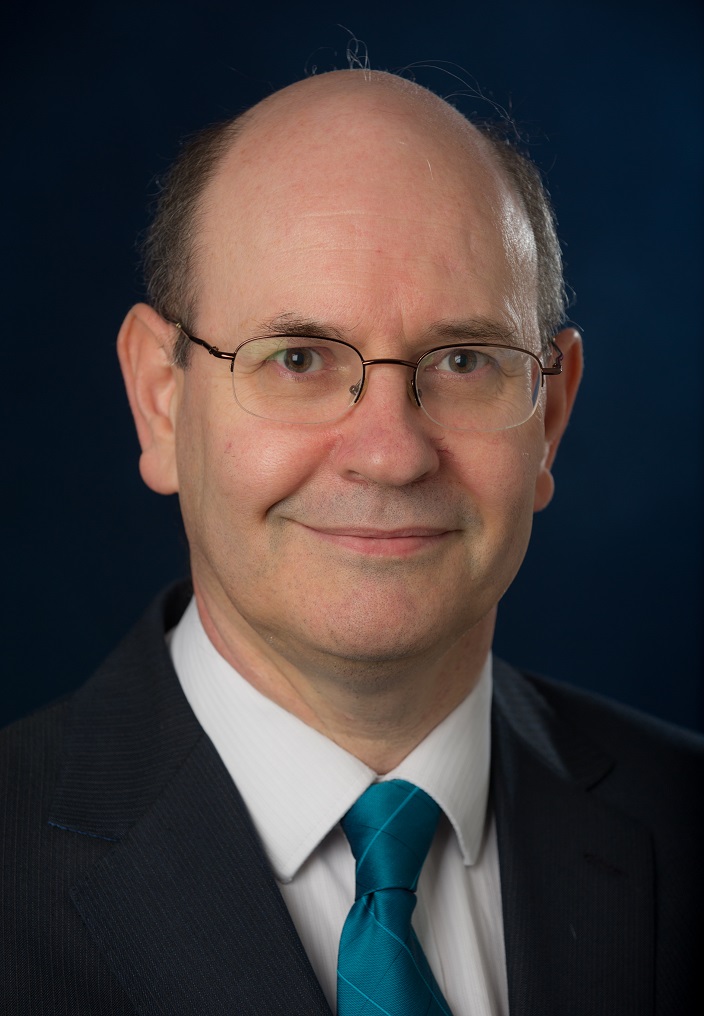
Chemical Engineering

I became Professor of Interfacial Science & Engineering in Edinburgh in 2020 (and was Director of Chemical Engineering from 2020 to 2024) after eight years at the University of Northumbria at Newcastle where I was first Executive Dean of the Faculty of Engineering & Environment and then Pro Vice-Chancellor (REF). Prior to that I spent twenty two years as an academic at Nottingham Trent University where I was a Professor and Head of the Research & Graduate School (Science & Technology) in the College of Arts & Science and formerly Head of Physics & Mathematics. In my earlier career I held a Royal Society European Fellowship at the University of Paris VI (Pierre et Marie Curie) and both gained a PhD in Applied Mathematics and was awarded a BSc (Hons) First Class in Mathematical Physics by the University of Nottingham.
My research involves wetting, interfacial science and engineering and is undertaken as part of the Institute for Multiscale Thermofluids. It has attracted many funding awards including over twenty RCUK/EPSRC grants, mainly as Principal Investigator, and including both an EPSRC Platform Grant (awarded only to world-leading groups) and an EPSRC Centre for Doctoral Training. I have published over 250 refereed journal papers, which are cited over 1000 times annually (Google Scholar), and have been awarded seven patents. I am a Fellow of the Royal Society for Arts, Manufactures & Commerce (FRSA), a Fellow of the Higher Education Academic (FHEA), a Fellow of the Institute of Physics (F.Inst.P) and a Senior Member of the Institute of Electrical & Electronic Engineers (SMIEE). I am a member of the EPSRC Peer Review College and lead a UK Fluids Network Special Interest Group. I have previously been a Board Member of the Award Winning BIM Academy Enterprises Ltd, an Editorial Board member of Advances in Colloid & Interface Science and a UK Management Committee representative on COST Actions. I was a member of sub-panel 13 ("Electrical and Electronic Engineering, Metallurgy and Materials") for the UK Research Excellence Framework (REF2014) and I am Deputy Chair of sub-panel 9 ("Physics") for REF2029.
- BSc (Hons) First Class, University of Nottingham, 1983
- PhD University of Nottingham, 1986
- Fellow of the Royal Society of the Arts, Manufactures & Commerce (FRSA, 2017)
- Chartered Physicist (CPhys) and Fellow Institute of Physics (FInstP, 2002)
- Fellow of the Higher Education Academy (FHEA, 2007)
- Senior Member Institute of Electrical & Electronic Engineers (SMIEEE, 2002)
- Member of the International Society of Bionic Engineering (MISBE, 2019)
- Member of the Advisory Board for the Key Lab in Bionic Engineering, Jilin University, China (2019-2022)
- Year 1 Chemical Engineering Design 1 (Course Organiser)
- Year 3 Chemical Engineering Laboratories
- Year 4 Chemical Engineering Study Projects
- Year 5 Research Project and Industrial Project Supervisor
- MSc Research Project Supervisor
Areas of research include smart and advanced materials, functional surfaces, static and dynamic wetting of surfaces (theory and experiment) and acoustic waves (fundamentals and sensor applications). These are encompassed within three broad categories,
- Interfacial Science and Engineering
- Smart Materials and Surfaces
- Wetting, Dewetting and Droplet Friction
Applications include heat and mass transfer, evaporation and condensation, friction and drag reduction, and fluid dynamics and microfluidic systems.
- I am always open to enquiries to supervise PhDs (self-funded, via University or Other Scholarships or sponsored PhDs) or host visiting researchers. University-funded PhD positions are either advertised on FindaPhD or applications can be made for agreed projects which, if a student receives an offer, enables application for University Scholarships, e.g.
- EPSRC Doctoral Training Awards (UK, EU and Overseas Students)
- Edinburgh Global Research Scholarship (for high quality Overseas Students)
- Principal's Career Development PhD Scholarships (UK, EU and Overseas Students)
- Croucher Foundation Study Awards (Permanent Hong Kong Residents)
- The Royal Commission for the Exhibition of 1851 (Industry-based PhD)
- I lead the UK Fluids Network (UKFN) Special Interest group (SIG) in Droplet and Flow interactions with Bio-Inspired and Smart Surfaces.
- I have a strong belief in public understanding of research and have co-developed Natures Raincoats exhibition and website.
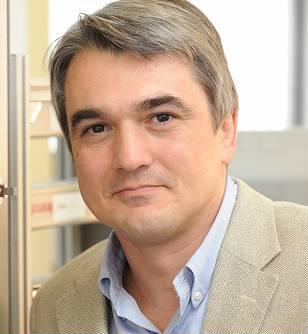
- PhD in Chemical Engineering, University of Naples, Italy, 1994
- Laurea summa cum laude in Chemical Engineering, University of L'Aquila, Italy, 1991
- Chemical Engineering Thermodynamics 3 CHEE09011
- Adsorption CHEE11016
- Chemical Engineering Industrial Project 5 CHEE11014
- Chemical Engineering Research Project 5 CHEE11017
- Chemical Engineering Study Project 4 CHEE10009
- Carbon capture
- Adsorption and membrane gas separations
- Diffusion in nanoporous and porous materials
- Fluidization
- Director of Chemical Engineering Discipline
- Cavaliere dell'Ordine della Stella d'Italia
- Recipient of the Royal Society Wolfson Research Merit Award (2001)
- Recipient of the Philip Leverhulme Prize (2001)
- Fellow of the Institution of Chemical Engineers
- Senior Member American Institute of Chemical Engineers
- Member International Adsorption Society and British Zeolite Association
- Member of the Directorate of the Scottish Carbon Capture and Storage centre
- Research area champion for adsorption and membranes of the UK Carbon Capture and Storage Research Centre

- PhD in Chemical Engineering, Carnegie Mellon University, PA, USA
- MSc in Electrical & Computer Engineering, Carnegie Mellon University, PA, USA
- Eberly Center Diploma in Higher Education, Carnegie Mellon University, PA, USA
- Diploma in Translation (DipTrans), Institute of Linguists, London, UK
- Diploma in Chemical Engineering, Aristotle University of Thessaloniki, Greece
- Programme Director of the MSc in Advanced Chemical Engineering
- Oil and Gas Systems Engineering 4/5 (SCEE11008)
- Chemical Engineering Design Projects 4 (CHEE10002)
- Chemical Engineering Study Project 4 (CHEE10009)
- Chemical Engineering Industrial Project 5 (CHEE11014)
- Chemical Engineering Research Project 5 (CHEE11017)
Pharmaceutical Process Systems Engineering
Technoeconomic Evaluation of Batch and Continuous Pharmaceutical Processes
Biochemical, Food & Drink Process Dynamic Optimisation
Oil & Gas and Energy Systems Modelling and Optimisation
Oil & Gas Project Technoeconomic Evaluation
High-Temperature Materials Processing Optimisation
- Pharmaceutical Process Systems Engineering
- Biochemical, Food & Drink Process Dynamic Optimisation
- Oil & Gas and Energy Systems Modelling and Optimisation
- High-Temperature Materials Processing Optimisation
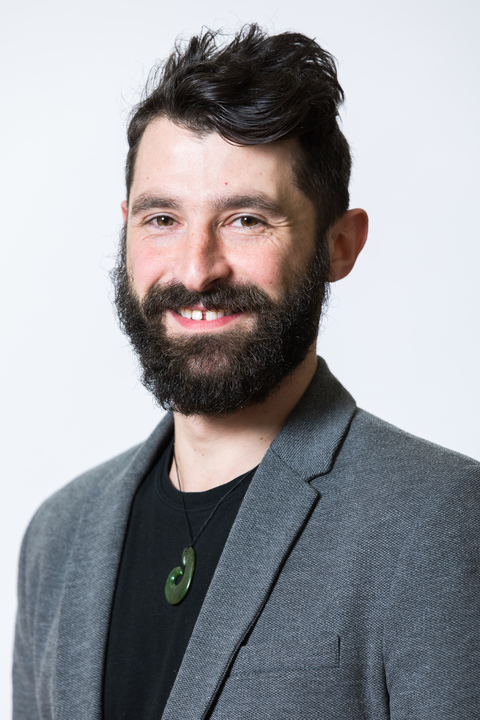
- Laurea summa cum laude in Chemical Engineering, University of Bologna, Italy, 2005
- PhD in Chemical Engineering, University of Bologna, Italy, 2009
- Post Graduate Diploma in Tertiary Teaching, University of Canterbury, New Zealand, 2014
- Associate Member of IChemE
- Member of NZBio
- Investigator in the Biomolecular Interaction Centre, University of Canterbury, New Zealand
- Chemical Engineering Unit Operations 3 - CHEE09009
- Development of high resolution 3D Printing methods
- Bioseparations for the production of bioproducts/pharmaceuticals, focus on chromatography
- Wet resistant adhesives
- Material science, focus on biomaterials
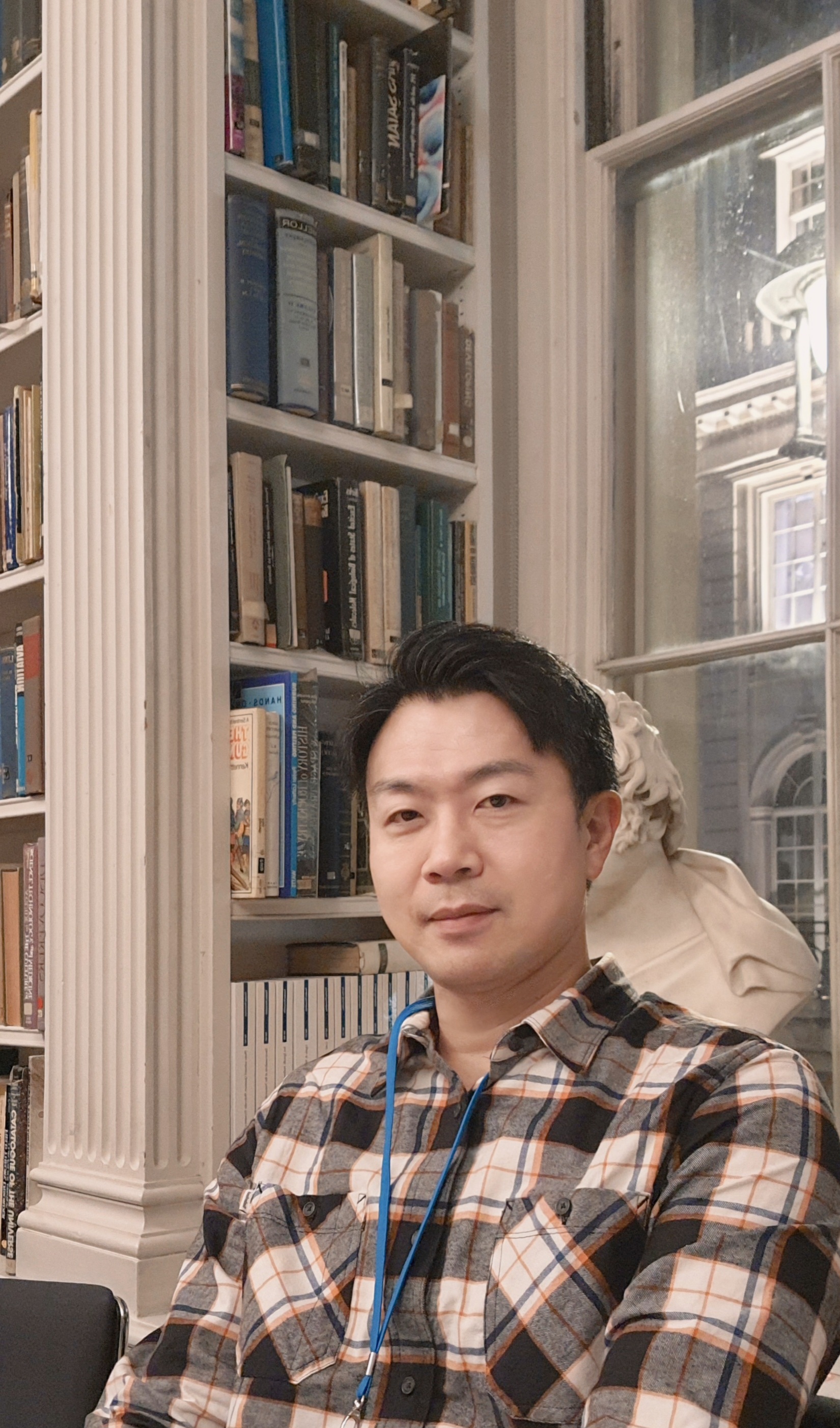
Currently,
- Adjunct Professor of Chemical Engineering, Yonsei University, 2024 - Present
- Exchange Programme Coordinator for Chemical Engineering
- Cohort Lead for 2024 incoming cohort of chemical engineering students
In the past,
- KOFST Brain Pool Fellow
- Senior Research Engineer, SK Energy R&D Center, Korea
- KOSEF/Research Fellow, University College London
- BSc, MSc, PhD in Chemical Engineering, Yonsei University, Korea
Member of KIChE, AIChE and IChemE.
Currently, I am teaching
- Advanced Chemical Engineering Design 5/MSc: course organiser
- Separation Processes for Carbon Capture 5/MSc: course organiser
- Separation Processes 5/MSc: teaching half of the lectures
- Engineering Mathematics 2A: seminars
- MSc project/Study project 4/Research project 5/Industrial project 5: project supervisors
In the past, I had taught
- Interdisciplinary Group Design Project (Engineering): Power Station with Carbon Capture and Storage for chemical, mechanical and electrical engineering students / course organiser and project leader
- Chemical Engineering Design 3: chemical process design using UniSim
- Chemical Engineering Design Project 4: organising reactor design exercise using Matlab and heat exchanger design exercise, design group supervisors / course organiser
- Chemistry and Processes 2: supervising the student visits to plant sites
- Chemical Engineering in Practice 3
- Thermodynamics 2 Laboratory
- Engineering Mathematics 2B: seminars
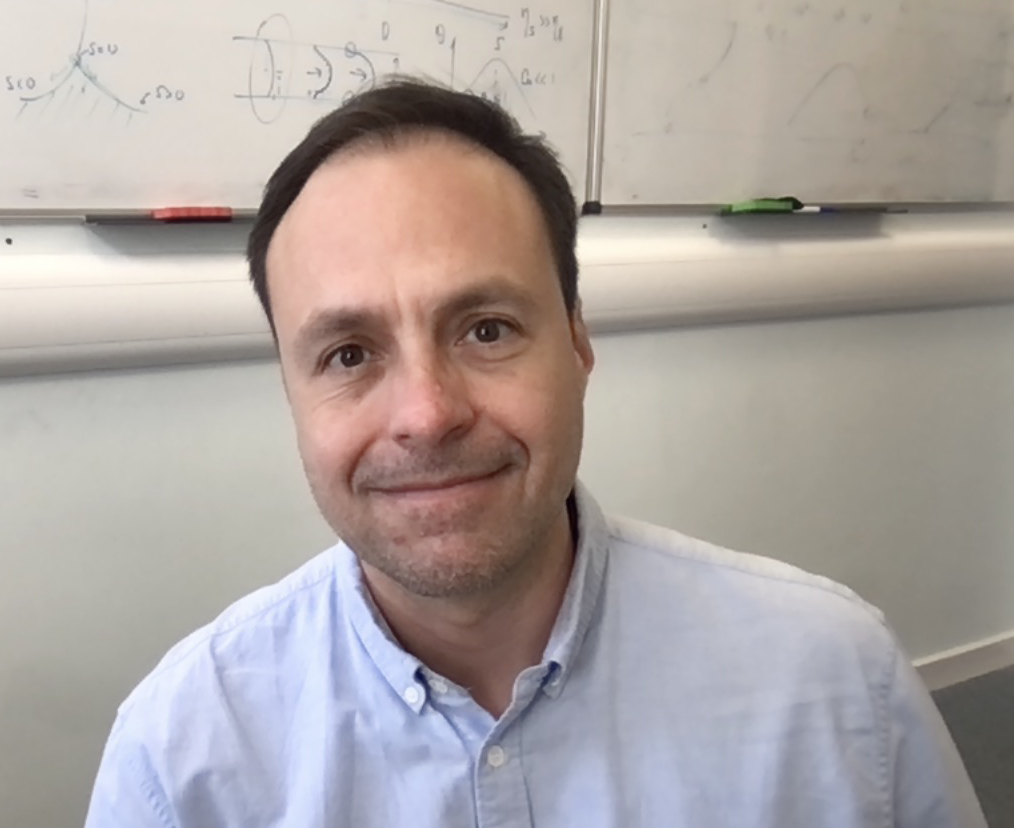
I am a Reader in Chemical Engineering within the Institute for Multiscale Thermofluids. My research interests include multiphase flows, phase changes, capillarity and wetting, and engineered surfaces.
If you are interested in becoming a PhD student or a postdoc in my group, please contact me via email.
PhD Physics, University of Barcelona
DEA Physics, University of Barcelona
Dip Chemical Engineering, National Autonomous University of Mexico
Member of the Institute of Physics
Fellow of the Higher Education Academy
Member of the EPSRC College of Reviewers
Member of the UK Consortium of Mesoscale Engineering Sciences
Undergraduate
- Process Dynamics and Control
- Chemical Engineering Research Projects
Postgraduate
- MSc Chemical Engineering Research Projects
